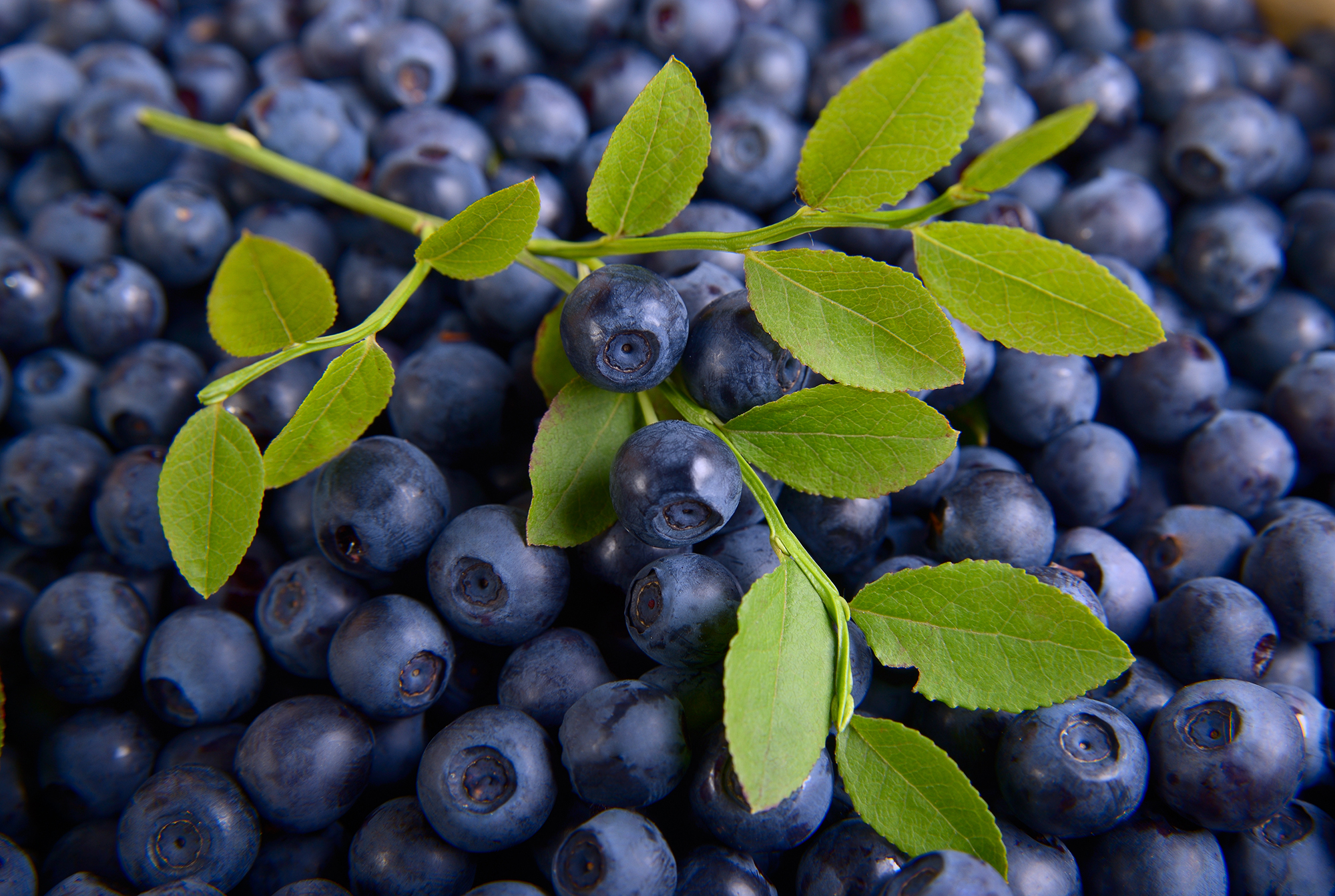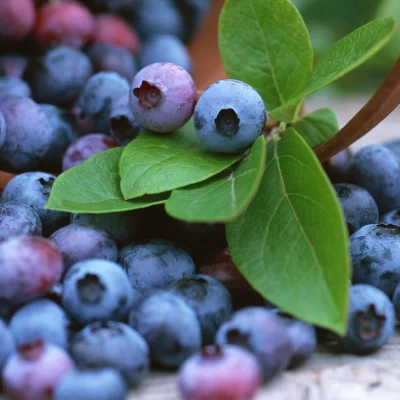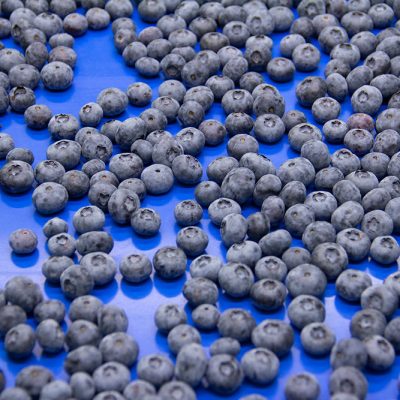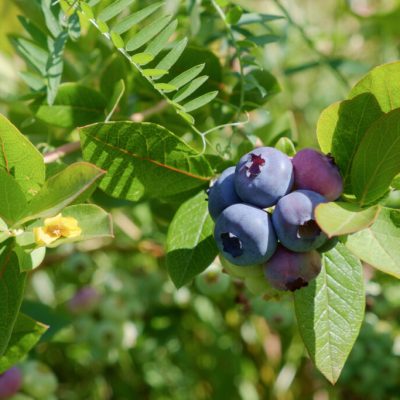High Asian demand for Peruvian blueberries
Peru is positioned as one of the top blueberry suppliers worldwide.
One of the most outstanding characteristics of the Peruvian blueberry industry is the seasonality of production. The country maintains its production rhythm when other countries have finished their harvests, creating more global-scale commercial opportunities.
Year after year, the Peruvian blueberry industry has exceeded its own production records. The 2020-21 harvest represents its second season as the main supplier, exceeding 160,000 metric tons (MT) of fresh blueberries per year, according to the manager of the Producers Association of Peruvian Blueberries, Proarandanos, Vegas L.M.
(March 2021, cited in www.redagricola.com/-nuevo-record-productivo-del-arandano-peruano).
An interesting aspect is that during the Covid-19 pandemic, demand for blueberries has benefited significantly. Contrary to what might be thought, ” it has created greater consumer awareness about health and especially about blueberries as they are considered a superfood that is good for the heart,” according to Vegas (March 2021).
Destinations regularly drift between the U.S., Europe and part of Asia, with America being the largest market during the 2020-21 season that began in June, with a share of 54 percent, followed by the European market with 35 percent (Vegas, L.M., Proarandanos, 2021).
Looking at export levels in percentages, though the U.S. leads, a 29 percent growth was observed in shipments of blueberries to Asia, indicating that the production of Peruvian blueberries has also achieved notable momentum, now with a new direction and share of the Chinese market.
As for China’s own blueberry production, a factor to consider is that although the volume of blueberries imported by China grows annually, there has been an equal increase in production in greenhouses in Chinese provinces such as Yunnan (May 2021, IBO, International Blueberry Organization), representing enormous potential for development and expansion for the local market, with an important set of companies investing in the sector.
Our inspectors at QIMA Produce await the season’s developments to inspect the quality of arrival.
Let’s look at some of Peru’s achievements to get the position it holds:
- 2019: recognized as one of the leading blueberry exporting countries.
- 2020: surpasses Chile as the primary blueberry exporting country, according to ADEX.
- 2020: agrees with Taiwan to start exporting blueberries to China.
- The blueberry is positioned as the main export product of Peru, surpassing coffee and avocado.
Growth factors in exports:
In an investigation carried out at the Professional School of International Business Administration in Peru, Peruvian blueberry export growth was studied, and the influencing factors were determined:
- Product quality, a differentiating factor for exported fruits, and blueberries are considered an outstanding product for their condition, making them attractive to foreign markets such as the Middle Eastern market.
- The seasonality of production, a factor that benefits Peru because when other areas’ production must stop for climatic reasons, Peru can continue its harvests.
- Optimal production mechanisms, it is carried out in a region conducive to the cultivation and development of blueberries. Having a suitable climate, land and production system allows for progressive and scalable planting in other areas.
At QIMA Produce we have already started the inspection process and our commitment is to help the industry by reporting objectively and opportunely Peru’s quality of blueberries.
16/08/21







